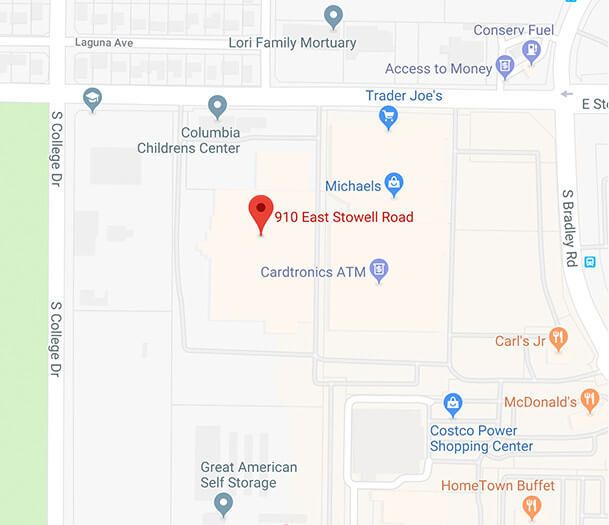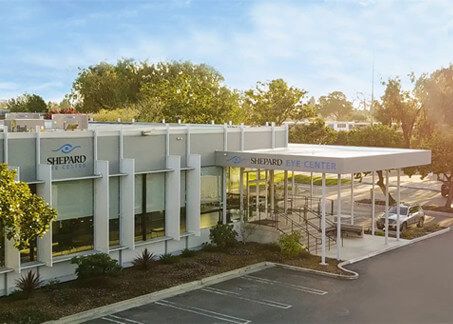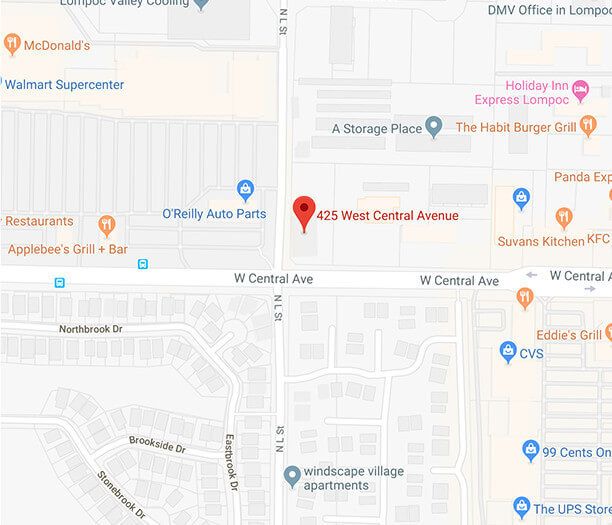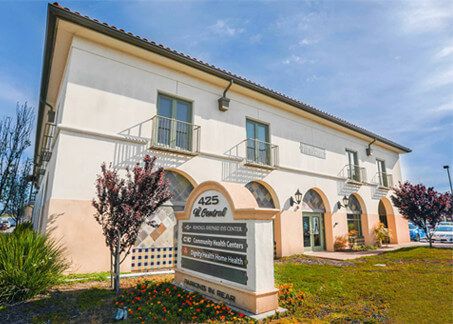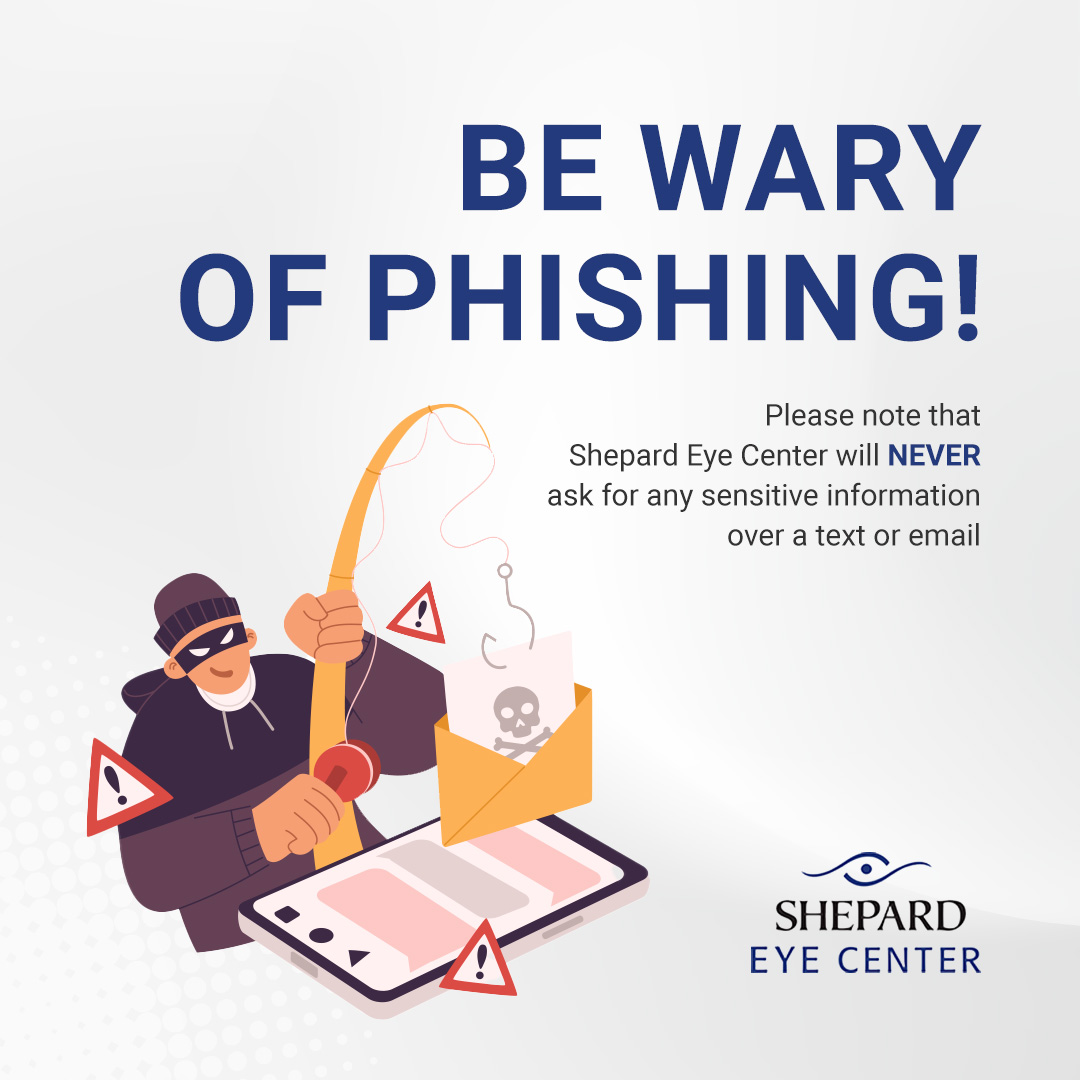
LASIK
LASIK (Laser-Assisted-In-Situ Keratomileusis) is currently the most common type of laser vision correction procedure. It is an extremely effective outpatient procedure that is suitable for low, moderate, and higher prescriptions. It can be used to correct severe prescriptions and is currently one of the most commonly performed healthcare procedures in North America.
Although no medical procedure is perfect, the excimer laser allows for an unparalleled degree of precision and predictability. Each pulse of the laser can remove 39-millionths of an inch of tissue in 12-billionths of a second. This enables an experienced surgeon to achieve remarkable accuracy while maintaining excellent control throughout the procedure.
However, the LASIK procedure requires a great deal of technical skill and training to perform properly, so choosing the proper surgeon is critical.
What is the difference between Conventional LASIK and Custom LASIK?
CustomLASIK uses a tool called the wavefront analyzer to accurately measure the way light travels through your eye. The resulting map of your eye is then programmed into the laser, and the laser treats your eye based upon that personalized 3D map. CustomLASIK helps to treat “higher order” aberrations, which are tiny imperfections in the eye that can have a significant impact on one’s quality of vision. In fact, higher-order aberrations have been linked to visual glare and halos. Higher order aberrations have not been previously treatable with contacts, glasses or Conventional LASIK.
Conventional LASIK is still a very good choice for many patients, though most will prefer the higher level of customization that CustomLASIK can provide. Ultimately, you need to discuss the options with your surgeon. Your eye care professional to help you make the correct decision.
Is the actual LASIK part performed the same way? Or is CustomLASIK a completely different procedure?
The actual LASIK procedure is performed in exactly the same way in both Conventional LASIK and CustomLASIK. The pre-op testing for Conventional LASIK and CustomLASIK differ greatly. The wavefront analyzer used with CustomLASIK brings a whole new level of knowledge and accuracy to the surgeon.
Blade Free IntraLase
IntraLase LASIK is a 100% blade-free approach to creating your LASIK flap.
Traditionally, surgeons have used an instrument called a microkeratome for the creation of LASIK flaps. The flap is the thin flap of corneal tissue that the surgeon folds back in order to perform your LASIK procedure. Instead of a microkeratome blade, your board-certified ophthalmologists at Shepard Eye Center now can create the LASIK flap without a blade ever touching your eye.
The IntraLase laser uses tiny pulses of laser light to pass harmlessly though the outer portion of your cornea and form a layer of microscopic bubble just beneath the surface of your eye. This creates a space in the tissue that the surgeon can then enter and lift the flap out of the way of the LASIK laser. The flap creation takes about 20 seconds per eye and a total of about 10 minutes for the entire LASIK procedure.
When LASIK is complete, a flap created using the IntraLase method is uniquely able to “lock” back into place. The eye then begins to rapidly heal. The surgeons at Shepard Eye Center are committed to providing the highest quality care available. And IntraLase LASIK is the most advanced treatment there is. The IntraLase method gives your surgeon an extremely high degree of surgical control for exceptional outcomes.






